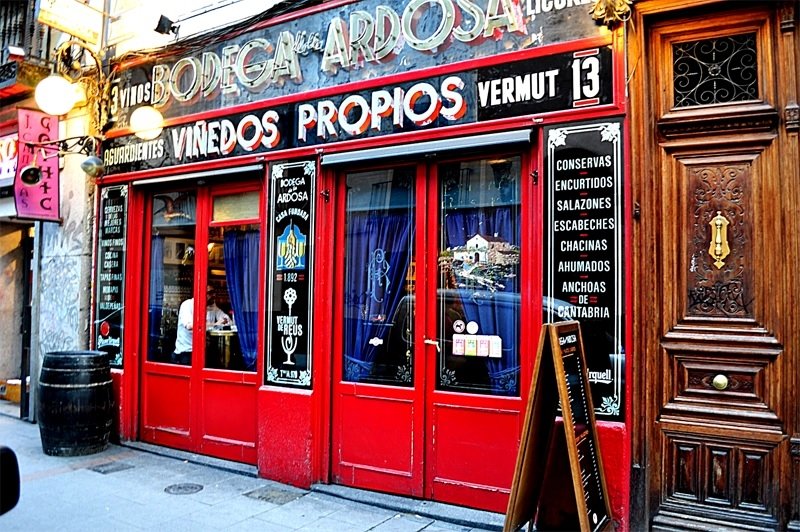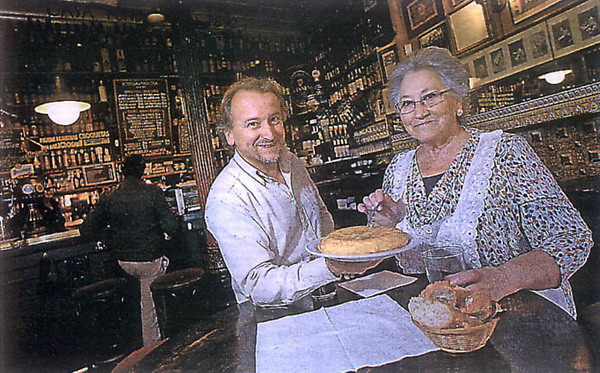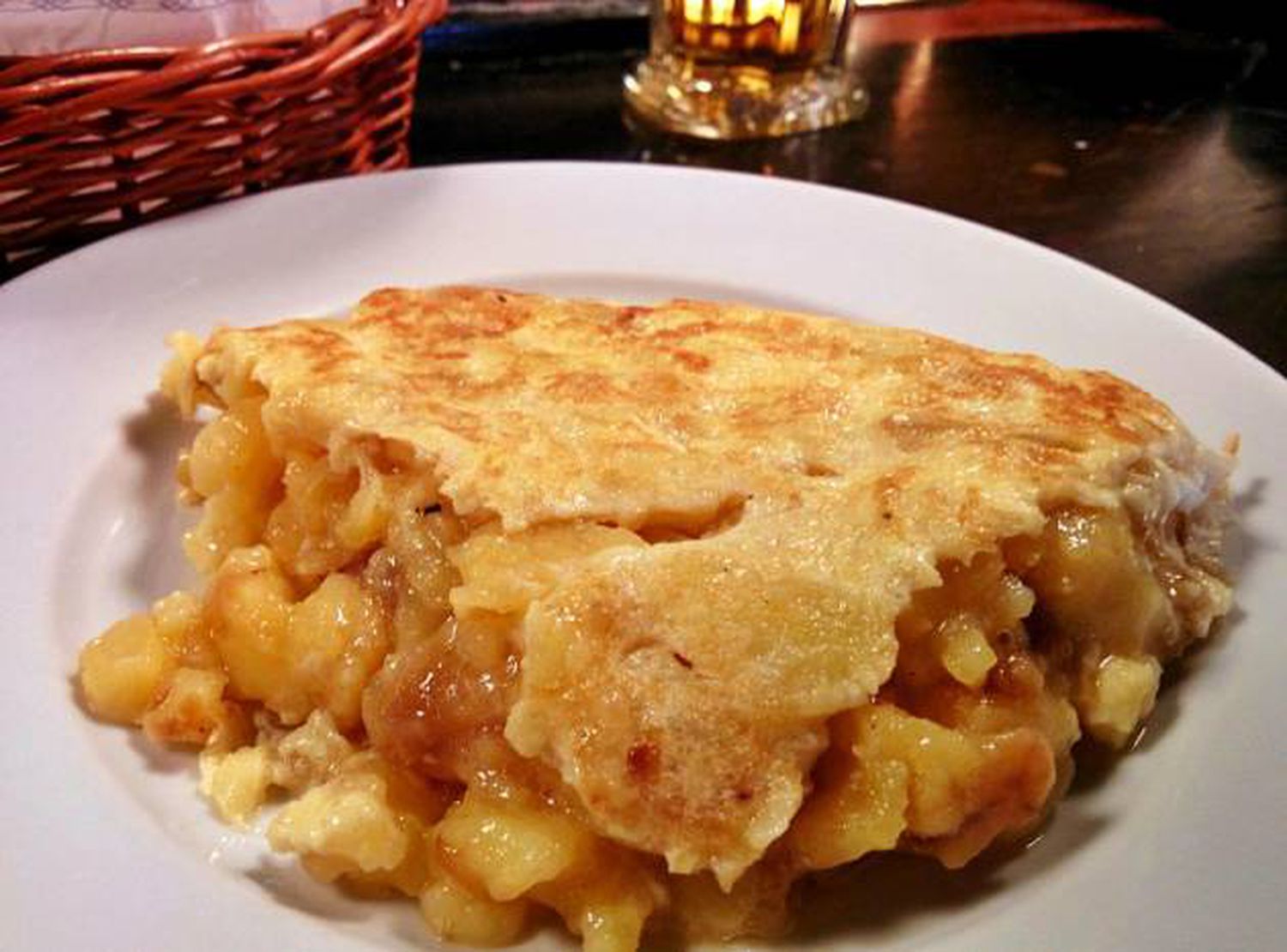There are many interpretations of the Spanish omelette: completely cooked all the way through, moist but slightly cooked in the middle and still runny almost raw in the middle. It wasn't until I lived in Madrid that I discovered the full potential of whisked eggs and a few potatoes. It was then that I discovered eggcellence! Forgive the pun! But in Madrid, they do omelettes differently. They are largely golden and runny. So, if you happen to be fussy about raw egg or harbour a fear of salmonella poisoning, this is where to stop reading.


One of the best places I remember was Bodega de La Ardosa, a taberna which was established in 1892 but its history as a taberna goes back a further 100 years and was even regularly frequented by the famous painter Goya in 1799. A very traditional bar that offers excellent products and popular Spanish tapas made with authentic culinary talent. Joselito ham, squid, salmorrejo, 'ajoarriero', salted cod, the list is extensive ...but I could never resist their very famous Spanish potato omelette, which is made continuously throughout the day due to such high demand. The bar is run by Angel Monje and officiated by his mother, Concepcion Marfil, who has what is considered the "special touch" when it comes to tortilla española. Her omelette has no special ingredients or any secret recipe; it is quite simply incredibly tasty. It all comes down to temperature, timing and quality of ingredients. Orchestrating all three to perfection, she produces an omelette from the Gods.

She uses five medium Monalisa potatoes, seven eggs, half a large onion, Lorietta extra virgin olive oil, from the region Montes de Toledo (variety Cornicabra) and salt. Just before preparing each omelette, she peels the potatoes, washes them and cuts with a knife, widthwise, with a length of about 3 centimetres and a thickness of between 2 and 3 millimetres. She tosses them into a bowl, along with the julienned onion and salt. Meanwhile, she has placed a frying pan with plenty of oil over medium heat. Hot, but not smoking, she adds the potatoes with the onion, where they remain covered by the oil, frying more than cooking, but never over a very strong flame, always medium heat, for about fifteen minutes. During that time, she moves the potatoes every three minutes, so that they are all done equally, homogeneously. After the quarter of an hour, approximately, she takes them out and leaves them in a container to drain the oil, for which he uses a slotted spoon, with which she presses them lightly to help release the oil. She beat the eggs in a bowl until they are fluffy and aerated.
She adds the potatoes and the onion. It is kept together for just half a minute, just enough to be able to mix and distribute the egg, potatoes and onions evenly. She places a small, but deep cast-iron skillet over medium heat. Drizzles some extra virgin olive oil over the pan and spread it all over the base and the side of the pan. When it is hot, but not smoking, she adds the tortilla mix, just half a minute, constantly running the slotted spoon around the outer edges. She turns it over using a plate and cooks the other side for half a minute too, curving the edges in the same way with the slotted spoon. Then she takes out and serves. Sounds simple right? But it takes many many omelettes to achieve perfection and this is utter eggcellence!
